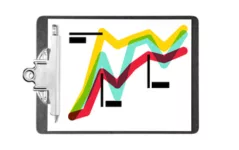Nowadays Python is probably the programming language of choice (besides R) for data scientists for prototyping, visualization, and running data analyses on small and medium sized data sets. And rightly so, I think, given the large number of available tools (just look at the list at the top of this article).However, it wasn’t always like this. In fact, when I started working on my Ph.D. back in 2000 virtually everyone was using matlab for this. And again, rightly so. Matlab was very well suited to quickly prototype linear algebra and matrix stuff, came with a nice set of visualizations, and even allowed to do some text mining and file parsing
How Python became the language of choice for data science







